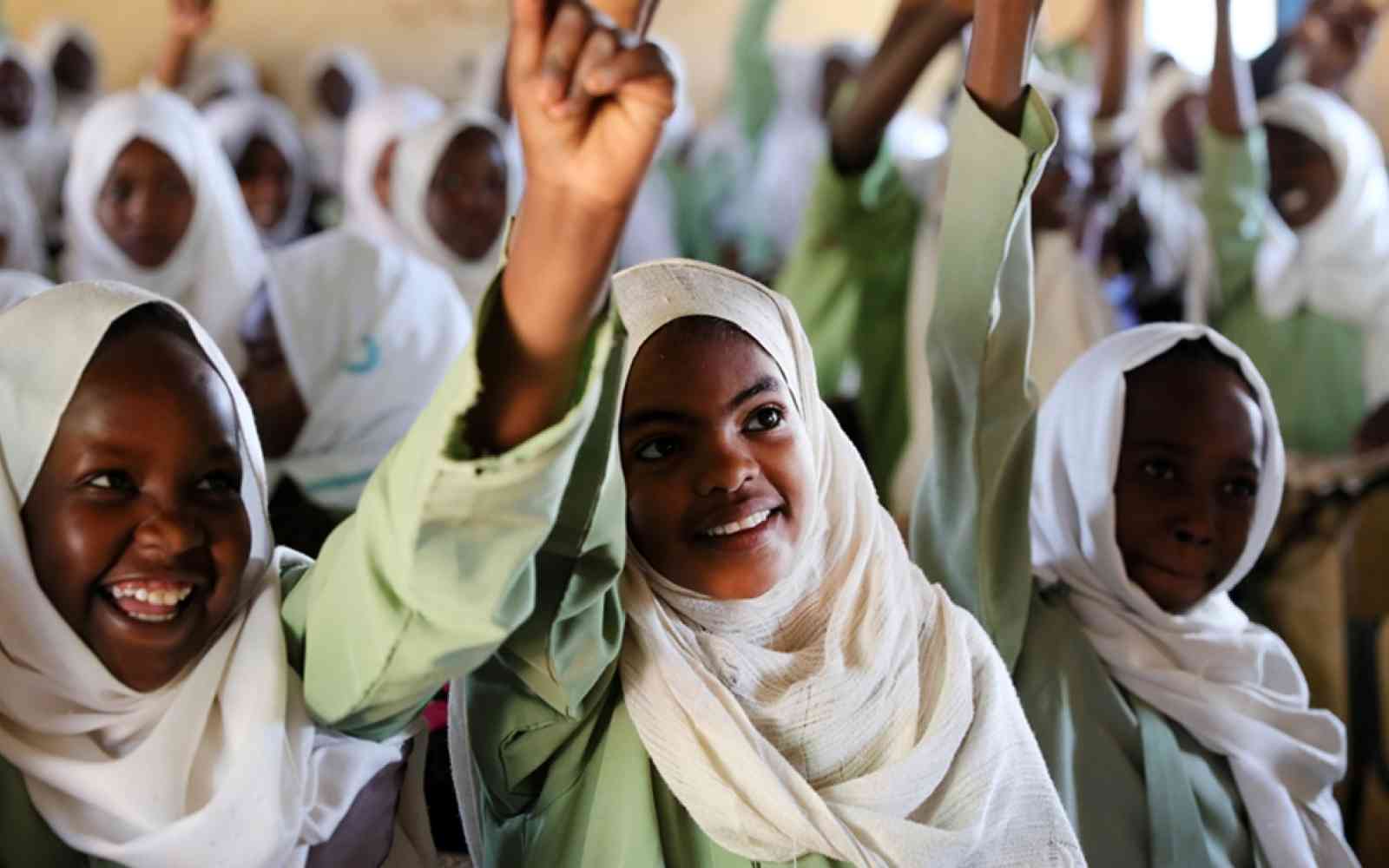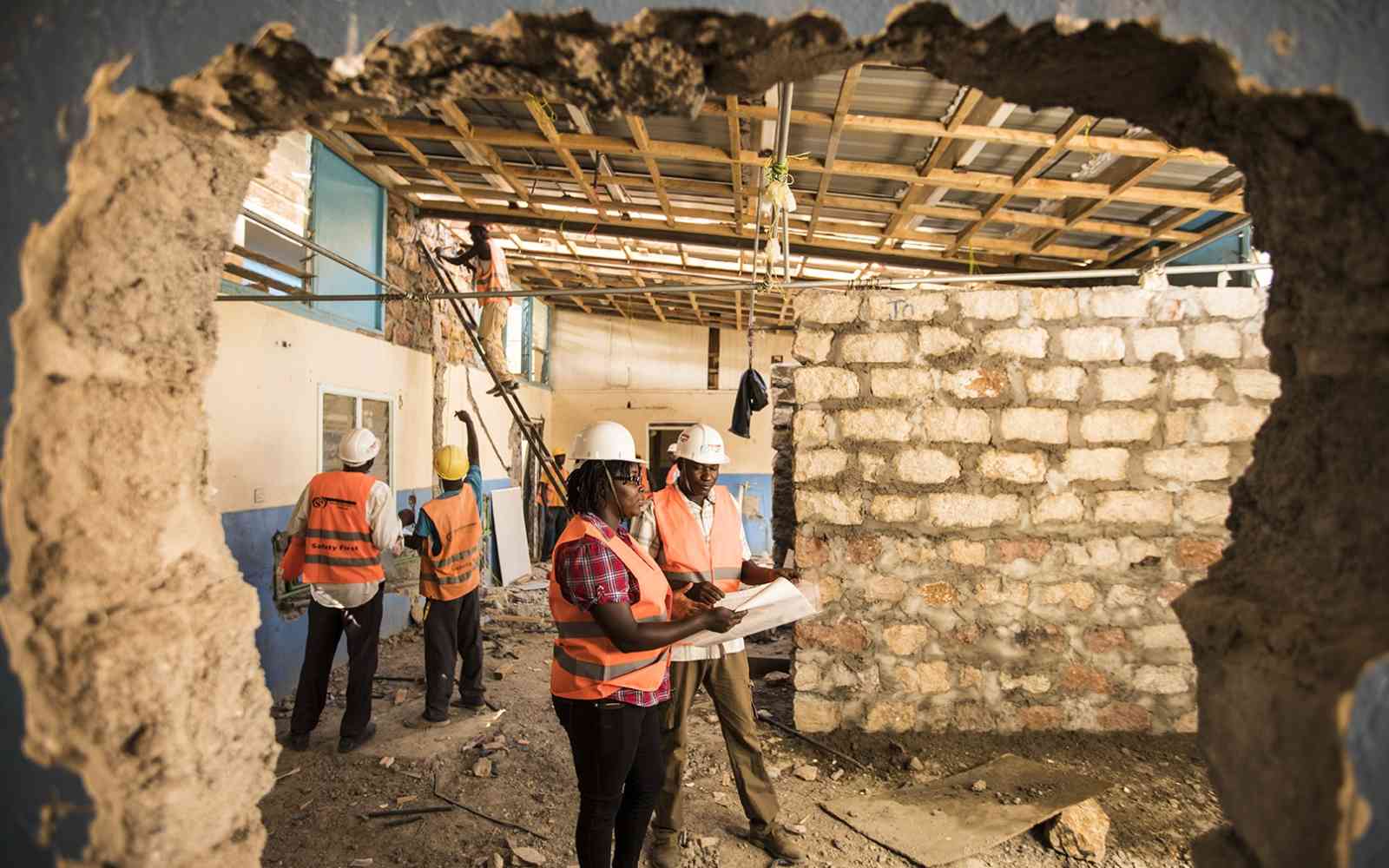The United Nations Office for Project Services (UNOPS)
UN procurement reaches new heights as health procurement soars
As the United Nations continued to support COVID-19 response and recovery efforts, a new report published by UNOPS on behalf of the UN system details how 41 UN organizations spent $29.6 billion on goods and services last year.
The 2021 Annual Statistical Report on UN Procurement analyzes the combined annual UN spending on goods and services. It presents an analysis of key trends in UN procurement – breaking down procurement by UN organization, category of goods and services procured, and supplier country.
This 38th edition of the report also includes procurement information related to the UN response to COVID-19, collaboration within the UN system, and efforts to integrate sustainability into procurement processes in support of the 2030 Agenda.
According to the report, UN procurement increased by over 32 per cent last year – $7.3 billion more than in 2020. The health sector saw the largest amount of spending in 2021, with substantial increases in medical equipment and supply purchases contributing to a total spend of $10.6 billion – double the previous year.
The latest figures detailed in the Annual Report on UN Procurement demonstrate the significant impact the UN had, and continues to have, in helping countries combat the COVID-19 pandemic.
“The considerable increase we see in the health sector – which includes support for the procurement and delivery of vaccines to some of the world’s most vulnerable people – highlights the UN’s commitment to ensure the pandemic response leaves no one behind,” added Mr. Wandel.
UNICEF was the largest UN procurer in the health sector, with total procurement reaching $5.1 billion. This was followed by UNOPS with $2.7 billion, and the Pan American Health Organization with $1.2 billion. Pharmaceuticals, contraceptives and vaccines remained the largest procurement category for the UN last year at $8.1 billion.
The report also highlights the contribution UN procurement made to supporting economic activities in least developed countries – essential to advancing sustainable development and equal opportunities in these countries.
Total UN procurement from least developed countries last year reached $4.5 billion. Of these countries, Yemen had the largest procurement volume in 2021 with $721 million, followed by Ethiopia ($403 million), Afghanistan ($351 million), Sudan ($341 million) and South Sudan ($283 million). The World Food Programme was once again the largest UN procurer from suppliers in least developed countries, with a total of $1.6 billion.
The United States remained the largest supplier country in 2021, providing $2.3 billion of goods and services to UN organizations – increasing its supplies by almost $400 million compared to the previous year. Four developing countries – Mexico, China, India and the United Arab Emirates – were among the top ten supplier countries in 2021, with a combined procurement value of $6.1 billion. This represents more than 20 per cent of total UN procurement.
In 2021, for the first time since reporting began, all 41 participating organizations used collaborative procurement approaches, reaching $1.1 billion, or almost four per cent of the UN’s total procurement volume in 2021.
“The increased level of collaborative, inter-organization procurement reported for 2021 is positive. It highlights a continued commitment within the UN system to seek collaborative advantage, with a focus on leveraging economies of scale, increasing efficiency, and delivering better services at the global, regional and country levels,” said Mr Wandel.
Download the full report and explore interactive dashboards at www.ungm.org/asr
About the Annual Statistical Report on United Nations Procurement
The Annual Statistical Report on United Nations Procurement provides an overview of the procurement of the UN system in support of its operations, projects and programmes. Introduced in 1984, it has been compiled and published by UNOPS since 2008 on behalf of the organizations of the UN system and in cooperation with the United Nations Global Marketplace, where the data is published.













